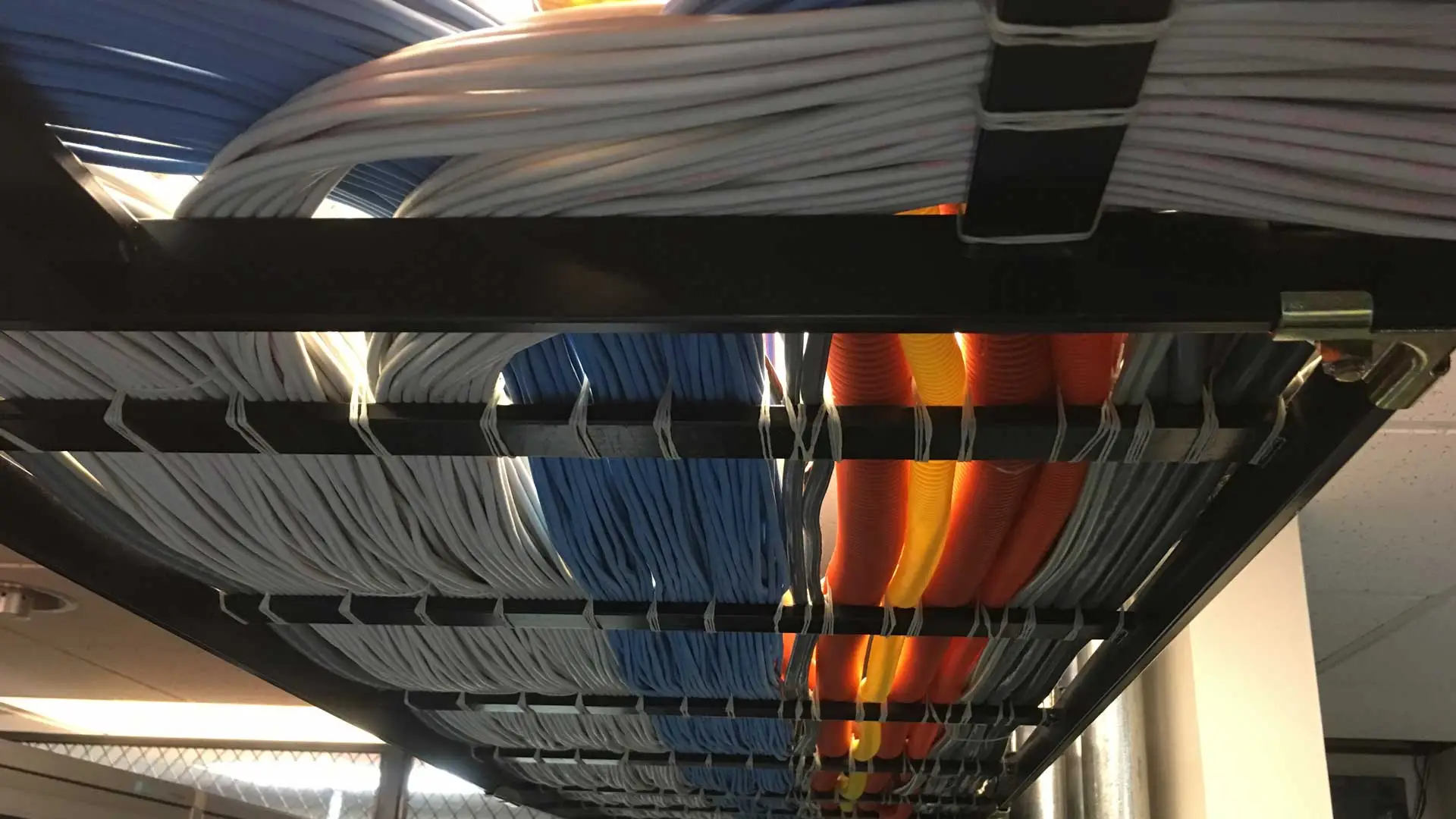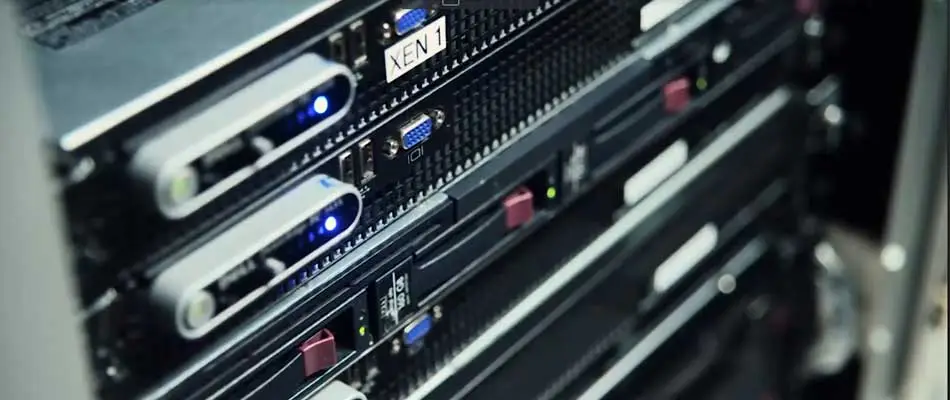
Insight
Check here for information regarding cloud services, colocation, virtual desktop offerings

Check here for information regarding cloud services, colocation, virtual desktop offerings

Many small businesses are finding that they are expanding and, therefore, have increased IT infrastructure needs. This can present itself as the increased need for data storage, online communication, or product orders. It’s possible you have already invested in building a small private data center, or maybe you have only recently realized your increased need and are looking to resolve it.
Whatever the case, you are likely already familiar with the fact that building and maintaining a private data center can become very stressful, time-consuming, and expensive. Purchasing the right server equipment, installing the cables and cooling systems necessary, along with keeping knowledgeable staff on-site to help you solve any problems that are sure to arise, can become an unnecessary strain on your business, and can ultimately steal your focus away from real money-making pursuits.
There are many ways that colocation services can improve your business and make your life easier, but let’s focus on the two main benefits that these services offer.
When you decide to install your own server equipment on-site at your business, you are choosing to take on a huge amount of risk. The likelihood that you chose the location of your business due to the wonderful internet reliability is very low. Most likely, the location of your business was driven by the high physical traffic of potential customers, not the reliability and cost-effectiveness of running...

In today's rapidly evolving digital landscape, businesses across industries are increasingly reliant on data-driven operations. From storing vast amounts of information to running critical applications, maintaining the integrity, availability, and security of data has become a paramount concern. To meet these demands, organizations are turning to colocation data centers as a robust solution. In this article, we will explore the essential need for a colocation data center and the key benefits it offers, such as N+1 redundancy, a dedicated server room, and comprehensive service level agreements (SLAs).
One of the primary reasons why businesses opt for colocation data centers is the unparalleled level of reliability they offer. The concept of N+1 redundancy lies at the heart of these facilities. N+1 redundancy means that there is always at least one additional backup component available to ensure uninterrupted operations. Whether it's redundant power supplies, cooling systems, or network connections, colocation data centers are built with redundant infrastructure to mitigate any single points of failure. In simplest terms, if a business needed two generators to operate an entire facility, to ensure N+1 redundancy, it would have three generators in the event one malfunctioned. This design principle significantly reduces the risk of downtime and guarantees optimal...

Since the Internet began, it has constantly evolved into the entity we now know today—sending data all over the world and throughout the country. Without edge computing and other services such as Internet exchanges (IX), it would take a lot longer for that data to travel. At Colo Solutions, one of our customers recently established an IX (the DACS-IX South) inside our carrier-neutral colocation data center.
Learn more about an IX and how it adds value to your day-to-day business operations.
The Internet has been referred to as a "network of networks." The value of the Internet increases as more networks connect. An IX or Internet Exchange Point (IXP) is one method to connect networks. Many believe the Internet is only provided through big transit providers such as AT&T, CenturyLink, and Verizon. However, there are a large number of other carriers, networks, and others that carry Internet traffic, or data. Connecting all of these networks creates a "network effect" that exponentially increases the value of these parts.
Think of the Internet like a railroad line. A railroad line from one city to another links those two cities. If the rail line ends in a rail yard that can then link out to other cities, then that rail line value increases as it reaches other cities. As those rail lines end in other cities and continue to link to other cities, that rail line "network" is extended. Instead ...
The physical location of a colocation facility does play a role in pricing. Colocation data centers located in high-cost states or cities often charge more than those positioned in lower-cost areas. While that may make it seem like choosing a colocation provider with locations in more remote regions is wise, that isn’t always the case. That strategy can introduce issues with latency and performance and may come with connectivity or bandwidth challenges especially with edge computing applications.
Instead, it’s best to strike a balance when it comes to location. Selecting a provider in an area with robust infrastructure is often beneficial. However, exploring parts of the country that are inherently lower cost is also potentially wise.
Another primary factor in colocation pricing is the physical space a company’s equipment takes up in a facility. The more room they require for their equipment, the higher the overall cost.
Generally, colocation pricing is measured in cabinets or racks, depending on the arrangement. Some are measured in rack units (RUs), which is a standardized way to measure the space taken up by specific networking or computing equipment, such as servers.
In many cases, power consumption is a significant part of colocation cost, and it’s one that’s potentially hard to anticipate. Electricity pricing varies dramatically between states,...
